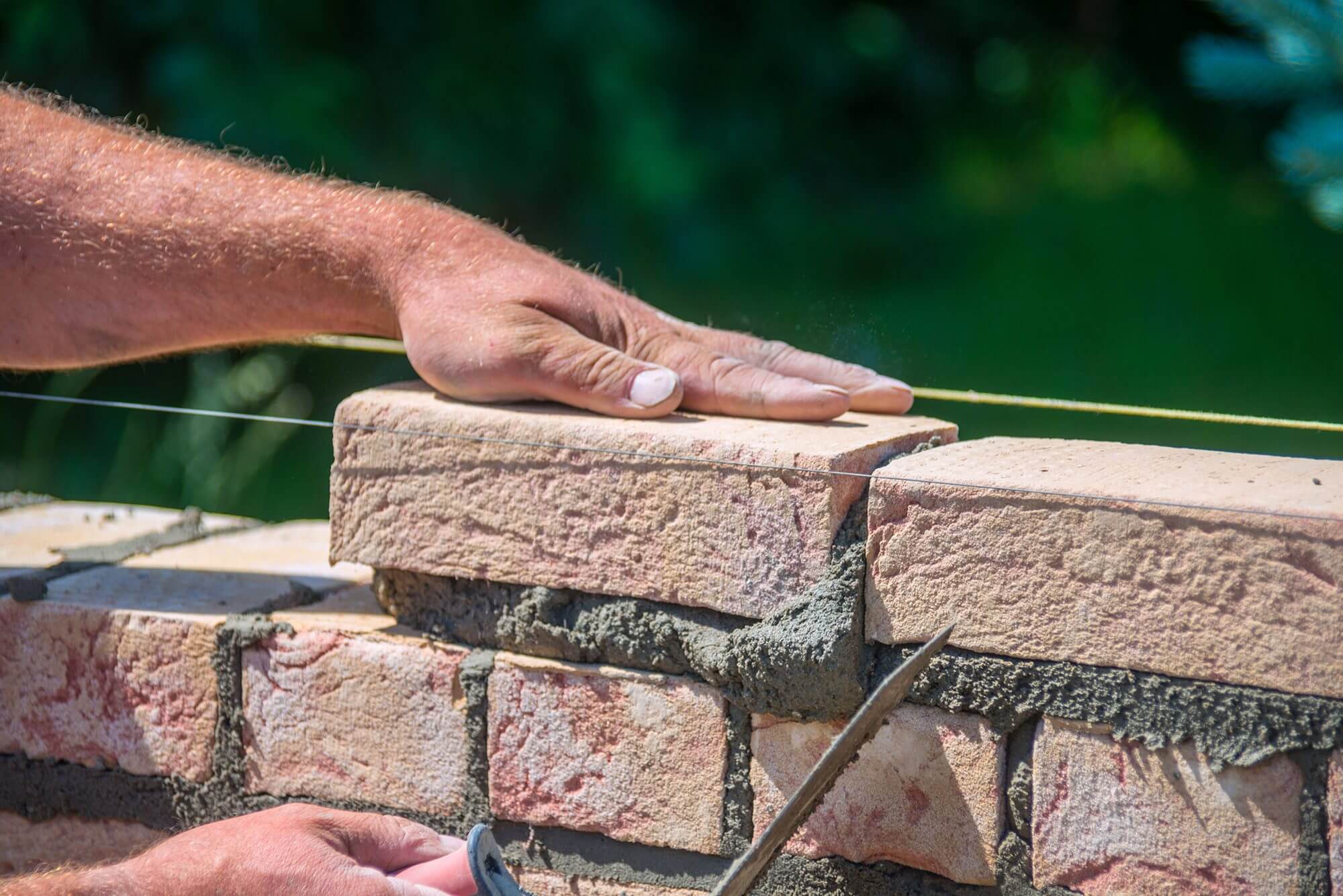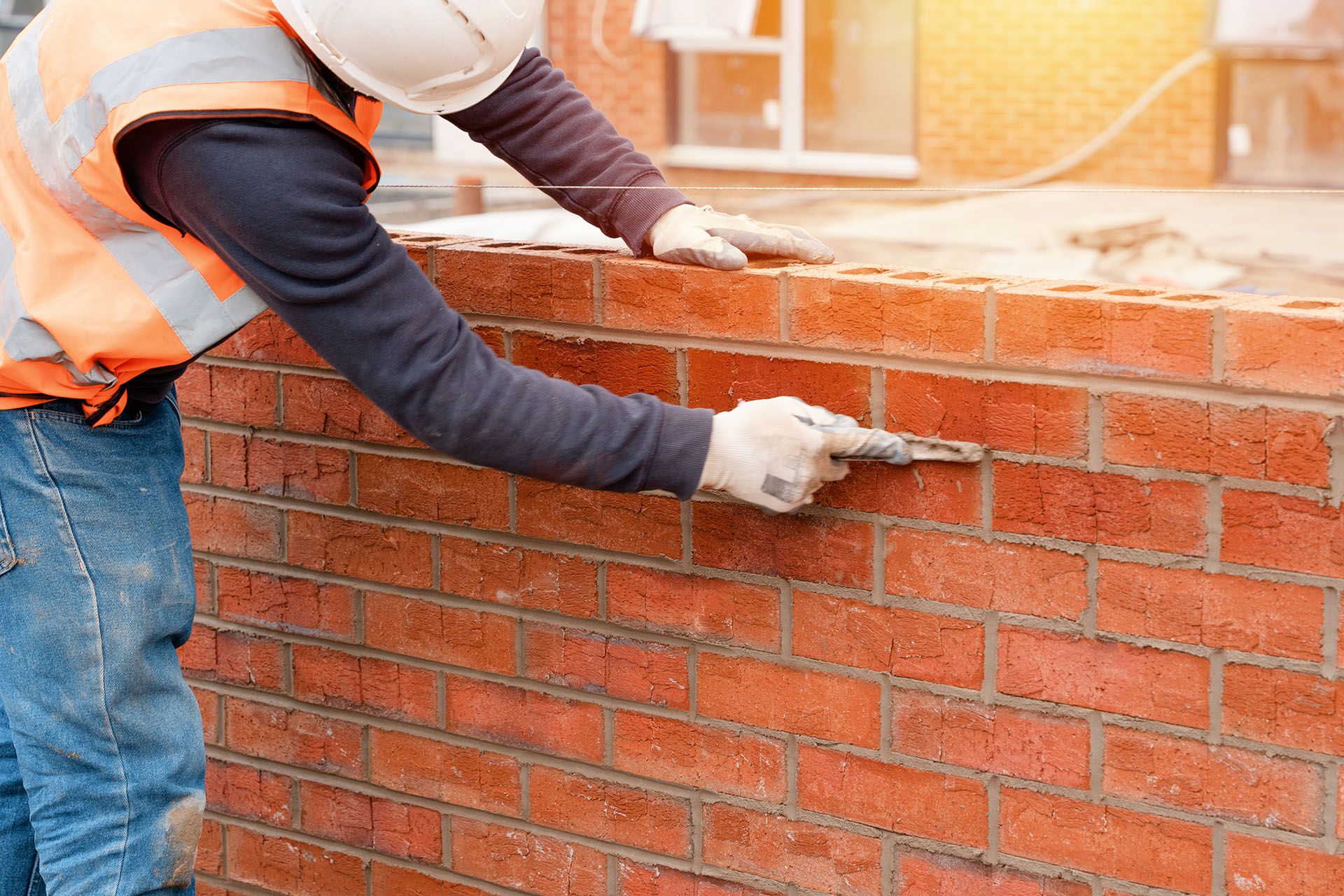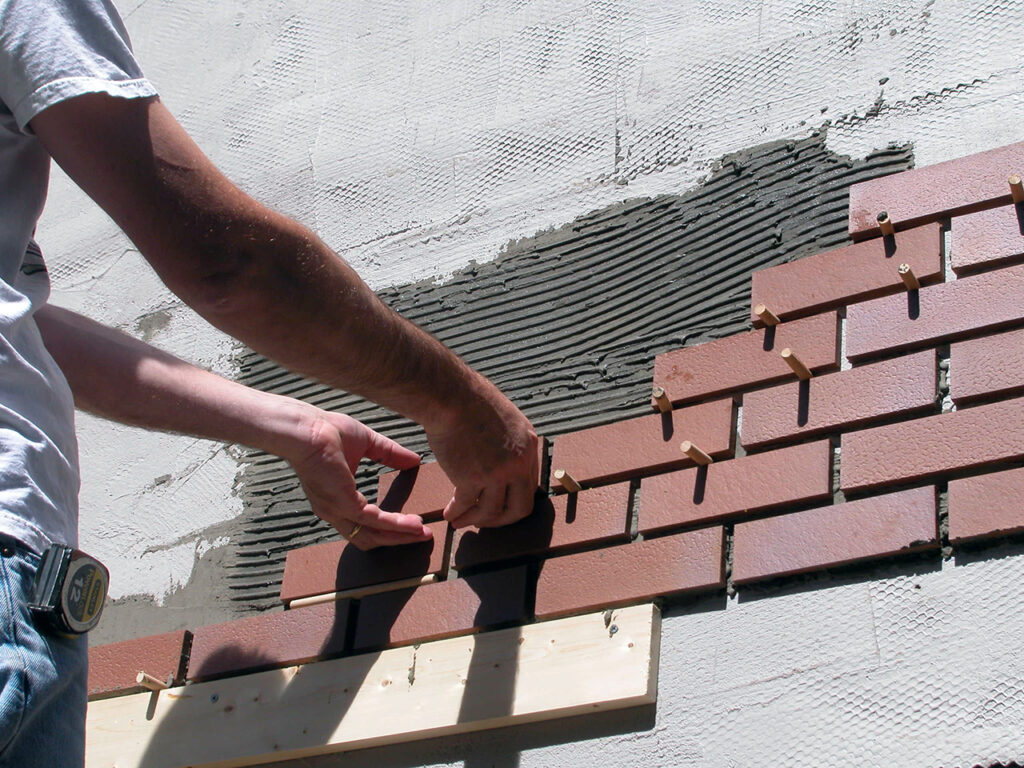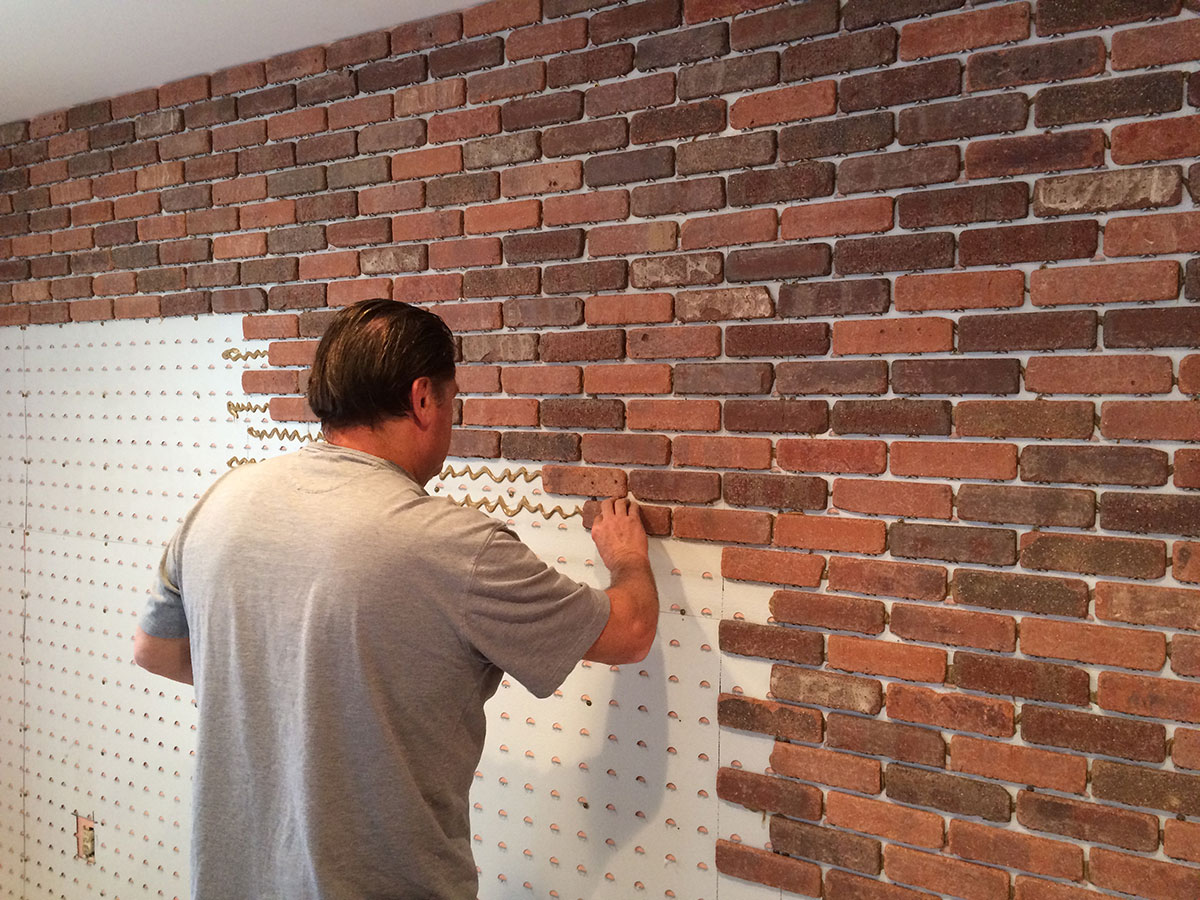How to Execute Brickwork in Construction: Principles, Methods, and Key Considerations
Brick is one of the oldest and most popular building materials, widely used for constructing walls and façades. The methods of brick execution have evolved significantly, from traditional hand-laid bricks to modern techniques emphasizing precision and durability. Proper brickwork execution, particularly for brick façades, directly impacts the structure’s strength, longevity, and overall aesthetic. This article details the steps, techniques, and crucial points for executing brickwork in construction.
Historical Background of Brick Execution
Historically, bricks were laid manually using basic mortars, often made of mud, lime, and sand. These bricks were either sun-dried (unfired) or baked in rudimentary kilns. Traditional methods were labor-intensive, time-consuming, and required a high level of craftsmanship.
With technological advancements, machine-made bricks replaced traditional handmade ones, and cement-based mortars became standard. These innovations increased the speed and quality of brickwork, making it more accessible and efficient.

Wall Construction: Bricklaying and Tying Techniques
Building internal walls and partitions, known as bricklaying and tying, is a fundamental aspect of construction. This process includes the following:
Essential Materials:
- Standard or machine-made bricks: Selected based on the project’s needs and location.
- Cement mortar: A mix of cement, sand, and water for bonding bricks.
- Necessary tools: Tools like plumb bob, mason’s line, trowel, and level ensure alignment and stability.
Key Steps for Bricklaying:
- Surface Preparation: Ensure the base is clean and free of debris.
- Setting the First Course: The initial row of bricks must be aligned using a level, as it serves as the foundation for the subsequent layers.
- Applying Mortar: Spread mortar evenly between bricks for firm bonding.
- Initial Joint Filling: Fill the joints between bricks with mortar and smooth them out with appropriate tools.

Brick Façade Execution: Precision in Detail
Brick façades are a preferred choice for enhancing the durability and visual appeal of buildings. However, façade execution demands greater precision than standard bricklaying, especially in mortar application and joint finishing.
Methods of Brick Façade Execution:
- Adhesive Application:
- This technique is popular for lightweight bricks or interior applications.
- Advantages: Faster execution, less use of bulky mortars.
- Drawbacks: Higher cost of specialized adhesives.
- Cement Grout (Slurry) Application:
- Bricks are adhered to the wall using a cement slurry applied to their back.
- Critical Consideration: The grout’s consistency (neither too watery nor too thick) must be controlled to prevent seepage into the brick’s porous surface, which could cause staining.
The Importance of Joint Finishing (Pointing)
Joint finishing, commonly referred to as pointing, is a critical aspect of brick façades. Beyond structural integrity, precise joint finishing ensures the overall appearance of the façade.
Pre-Mixed Pointing Compounds:
- These modern products contain reinforcing fibers for added durability.
- They are easy to mix with water and provide consistent results.
Pointing Techniques:
- Using Specialized Tools: Joint finishing should be performed with a pointing trowel to create smooth and even lines.
- Attention to Cleanliness: Residual mortar on brick surfaces must be wiped off immediately to prevent future staining or efflorescence.
- Standard Joint Gaps: A consistent gap between bricks is essential for achieving an aesthetically pleasing and sturdy structure.

Additional Tips and Recommendations
- Brick Selection: Choose bricks like refractory, rustic, or machine-made, based on the project requirements.
- Base Surface Preparation: Ensure the wall or surface intended for brickwork is clean and level before starting.
- Professional Installation: Employing skilled masons can prevent common issues like cracking, uneven surfaces, or staining.
- Final Cleaning: After pointing, clean the brick surfaces with a damp sponge to remove any remaining grout or adhesive.

Conclusion
Brickwork execution, from basic wall construction to intricate façade detailing, demands careful planning and skilled implementation. The integration of high-quality materials, precise techniques, and modern innovations like pre-mixed pointing compounds can enhance the durability and visual appeal of the finished structure. By following these guidelines and employing experienced professionals, you can achieve a stunning and long-lasting brick façade that stands the test of time.
